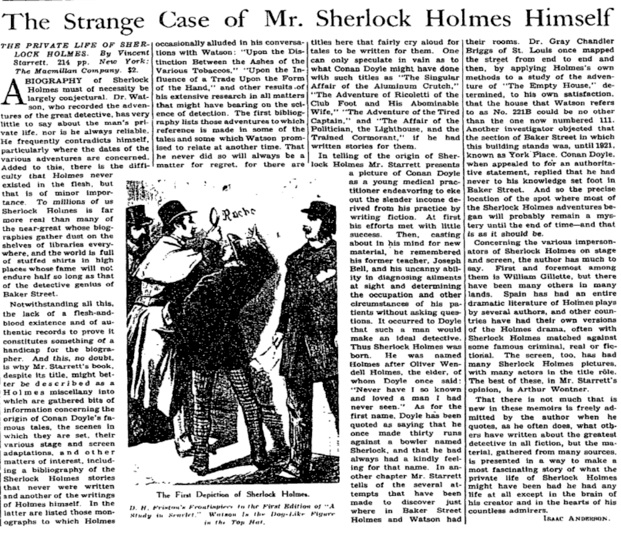

Patients with hyperglycemia may also exhibit a non-ketotic hyperosmolar state, also known as hyperglycemic hyperosmolar syndrome (HHS). Be alert for vomiting and monitor cardiac rhythm. Untreated DKA can be fatal. They pass large amounts of urine because of the high solute concentration of the blood and the body’s attempts to get rid of excess sugar.ĭKA is treated with the administration of fluids and electrolytes such as sodium, potassium, and chloride, as well as insulin. Patients in DKA also undergo osmotic diuresis. DKA occurs when insulin is extremely low and blood sugar is extremely high.ĭKA presents clinically with symptoms of hyperglycemia as above, Kussmaul respiration (deep, rapid, and laboured breathing that is the result of the body attempting to blow off excess carbon dioxide to compensate for the metabolic acidosis), acetone-odoured breath, nausea, vomiting, and abdominal pain (Canadian Diabetes Association, 2013). If hyperglycemia is not treated, the patient is at risk for developing DKA. This is a life-threatening condition in which the body produces acids, called ketones, as a result of breaking down fat for energy. Blood glucose levels should be taken one to two hours after eating. Note that testing blood glucose levels too soon after eating will result in higher blood glucose readings. Increased intake of calories (IV or diet).Potential causes of hyperglycemia in a hospitalized patient include: Other symptoms include glycosuria, nausea and vomiting, abdominal cramps, and progression to diabetic ketoacidosis (DKA). Increased appetite (polyphagia), followed by lack of appetite.

The common symptoms of hyperglycemia are: Classic symptoms of hyperglycemia include the three Ps: polydipsia, polyuria, and polyphagia. Surgical patients are particularly at risk for developing hyperglycemia due to the surgical stress response (Dagogo-Jack & Alberti, 2002 Mertin, Sawatzky, Diehl-Jones, & Lee, 2007). Hyperglycemia occurs when blood glucose values are greater than 7 mmol/L in a fasting state or greater than 10 mmol/L two hours after eating a meal (Pardalis, 2005). Hyperglycemia is a serious complication of diabetes that can result from eating too much food or simple sugar insufficient insulin dosages infection, illness, or surgery and emotional stress.

3 tablespoons of table sugar dissolved in water.175 ml of juice or soft drink (containing sugar), OR.3-5 dextrose/glucose tabs (check the label) (best choice), OR.Always follow the protocol of your agency. Table 9.2 Hypoglycemia Treatment Disclaimer: This is an example only of a hypoglycemia protocol. Table 9.2 outlines an example of a protocol that may be used in the treatment of hypoglycemia. A 15 g oral dose of glucose should be given to produce an increase in blood glucose of approximately 2.1 mmol/L in 20 minutes (Canadian Diabetes Association, 2013).
Describe someone becoming tremulous skin#
An initial blood glucose reading may confirm suspicion of hypoglycemia. If you suspect that your patient is hypoglycemic, obtain a blood glucose level through skin puncture. Hypoglycemia is a medical emergency that must be treated immediately.

Left untreated, they will progress into semi-consciousness and unconsciousness, leading rapidly to brain damage. Patients with hypoglycemia become confused and experience headache. Hypoglycemia is a condition occurring in diabetic patients with a blood glucose of less than 4 mmol/L. If glucose continues to remain low and is not rectified through treatment, a change in the patient’s mental status will result. The risk factors that may have led to the condition, and the recent medical history of the patient also help to determine the cause of symptoms. Since the treatment is different for each condition, it is critical to test the patient’s blood glucose when symptoms occur. The overlapping symptoms of hypo- and hyperglycemia (e.g., hunger, sweating, trembling, confusion, irritability, dizziness, blurred vision) make the two conditions difficult to distinguish from one another (Paradalis, 2005).


 0 kommentar(er)
0 kommentar(er)
